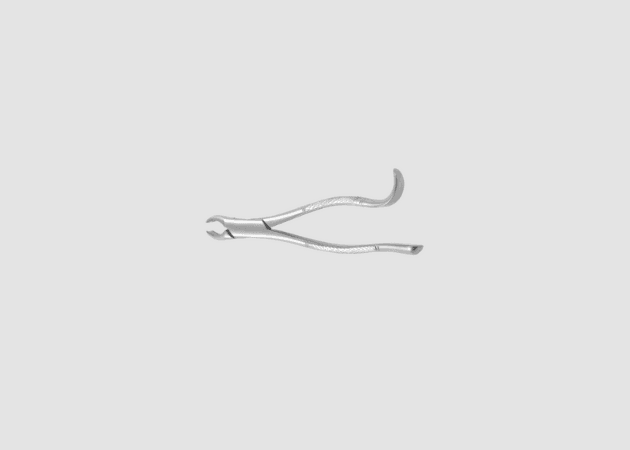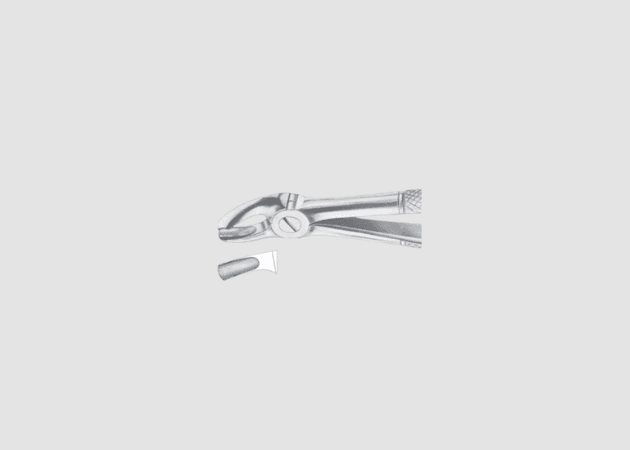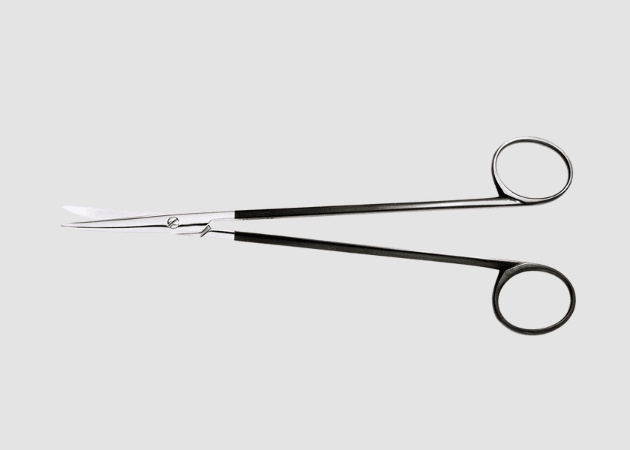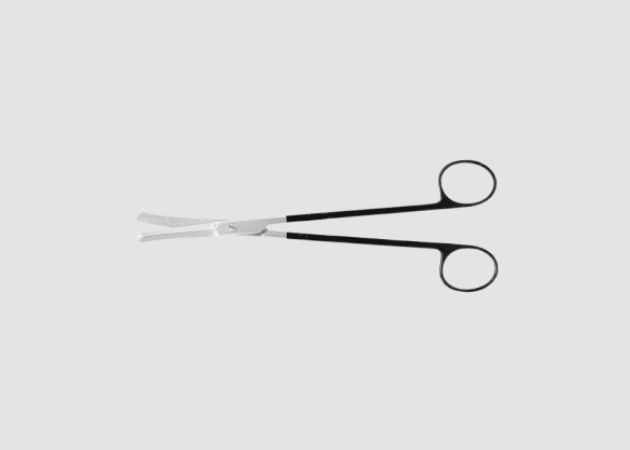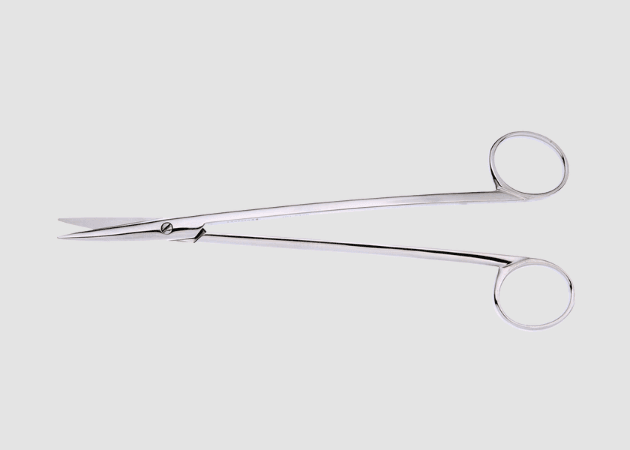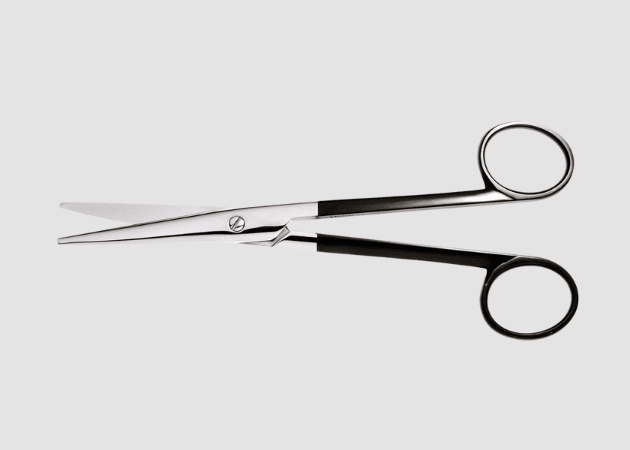13s Lower Premolars: Essential Insights for Dental Care
To keep the lower premolars healthy, regular dental check-ups and good oral hygiene practices are essential. Brushing twice a day and flossing are critical to prevent plaque buildup and cavities. Due to their position in the mouth, the lower premolars can be more challenging to clean thoroughly, making it imperative to focus on proper dental care. Routine visits to the dentist can help identify any potential problems early, ensuring timely treatment.
Description
13s Lower Premolars refer to the lower premolar teeth located in the lower jaw, specifically the first and second premolars on each side. These teeth play a significant role in the process of chewing and are essential for breaking down food into smaller, more manageable pieces. In adults, there are two premolars on each side of the lower jaw, making them a critical component of dental anatomy.
The primary function of the lower premolars is to assist in grinding food, complementing the work of the molars located behind them. With their broad surfaces and pointed cusps, these teeth are designed to efficiently process food, facilitating the digestive process. Proper chewing is crucial for overall health, as it allows for better nutrient absorption and digestion.
In addition to their functional role, the 13s lower premolars contribute to the alignment and stability of the surrounding teeth. They help maintain the correct bite and support the overall structure of the jaw, which can prevent dental issues such as misalignment and overcrowding. Healthy premolars are essential for maintaining a balanced bite, which impacts both oral health and overall comfort.
To keep the lower premolars healthy, regular dental check-ups and good oral hygiene practices are essential. Brushing twice a day and flossing are critical to prevent plaque buildup and cavities. Due to their position in the mouth, the lower premolars can be more challenging to clean thoroughly, making it imperative to focus on proper dental care. Routine visits to the dentist can help identify any potential problems early, ensuring timely treatment.
If decay or damage occurs in the lower premolars, various treatment options are available. These may include fillings, crowns, or, in more severe cases, extraction. Understanding the anatomy and function of the lower premolars is crucial for individuals seeking to maintain their dental health and avoid complications.
In conclusion, the 13s Lower Premolars play a vital role in effective chewing and overall dental health. By practicing good oral hygiene and attending regular dental appointments, individuals can help ensure their lower premolars remain healthy and functional throughout their lives. Prioritizing the care of these important teeth is essential for achieving long-term oral health and well-being.
Related products
Seldin Root Elevators: Essential Tools for Dental Extractions
The Seldin root elevator features a thin, tapered blade that can easily penetrate the periodontal space. This design allows for precise maneuvering around the tooth roots, enabling dental professionals to separate the roots from the surrounding bone. The handles of Seldin elevators are ergonomically designed for comfort and control, which is critical during prolonged procedures. They are available in various shapes and sizes, allowing dentists to choose the most suitable instrument based on the specific case at hand.
Get In Touch
Description
Seldin root elevators are specialized dental instruments designed for the effective removal of roots and residual fragments during tooth extractions. These tools play a crucial role in the extraction process, allowing dentists to carefully loosen and elevate teeth from their sockets, ensuring minimal trauma to the surrounding tissues. The unique design of Seldin root elevators provides optimal leverage, making them essential in both routine and complex extraction procedures.
The Seldin root elevator features a thin, tapered blade that can easily penetrate the periodontal space. This design allows for precise maneuvering around the tooth roots, enabling dental professionals to separate the roots from the surrounding bone. The handles of Seldin elevators are ergonomically designed for comfort and control, which is critical during prolonged procedures. They are available in various shapes and sizes, allowing dentists to choose the most suitable instrument based on the specific case at hand.
In practice, Seldin root elevators are often used in conjunction with other extraction instruments, such as forceps, to enhance the efficacy of the procedure. By carefully elevating the tooth or root, dentists can reduce the amount of force required, which minimizes the risk of fracture or damage to adjacent teeth and tissues. This technique not only improves patient outcomes but also aids in faster healing times.
Proper maintenance of Seldin root elevators is essential for ensuring their longevity and effectiveness. After each use, these instruments should be thoroughly cleaned and sterilized to prevent cross-contamination and maintain hygiene standards. Regular inspections for wear or damage are also recommended, as compromised tools can impact the quality of care provided.
In summary, Seldin root are indispensable tools in modern dentistry, enhancing the precision and efficiency of tooth extractions. Their ergonomic design, combined with the ability to reduce trauma during procedures, makes them a favorite among dental professionals. By incorporating Seldin root elevators into their practice, dentists can ensure successful outcomes for their patients, contributing to better oral health and overall satisfaction.
Categories
- Plastic Surgery Instruments
- - Scissors
- - Needle Holder
- ENT Diagnostic
- Otolaryngology
- Oral Surgery
- Cardiothoracic Surgery
- Surgical Instruments
- - Artery Forceps
- - surgical scissors
- - Artery Forceps
- Liposuction Cannulas
- Customized Instrument
Related products
Categories
- Plastic Surgery Instruments
- - Scissors
- - Needle Holder
- ENT Diagnostic
- Otolaryngology
- Oral Surgery
- Cardiothoracic Surgery
- Surgical Instruments
- - Artery Forceps
- - surgical scissors
- - Artery Forceps
- Liposuction Cannulas
- Customized Instrument
13s Lower Premolars: Essential Insights for Dental Care
To keep the lower premolars healthy, regular dental check-ups and good oral hygiene practices are essential. Brushing twice a day and flossing are critical to prevent plaque buildup and cavities. Due to their position in the mouth, the lower premolars can be more challenging to clean thoroughly, making it imperative to focus on proper dental care. Routine visits to the dentist can help identify any potential problems early, ensuring timely treatment.
Get In Touch
Description
13s Lower Premolars refer to the lower premolar teeth located in the lower jaw, specifically the first and second premolars on each side. These teeth play a significant role in the process of chewing and are essential for breaking down food into smaller, more manageable pieces. In adults, there are two premolars on each side of the lower jaw, making them a critical component of dental anatomy.
The primary function of the lower premolars is to assist in grinding food, complementing the work of the molars located behind them. With their broad surfaces and pointed cusps, these teeth are designed to efficiently process food, facilitating the digestive process. Proper chewing is crucial for overall health, as it allows for better nutrient absorption and digestion.
In addition to their functional role, the 13s lower premolars contribute to the alignment and stability of the surrounding teeth. They help maintain the correct bite and support the overall structure of the jaw, which can prevent dental issues such as misalignment and overcrowding. Healthy premolars are essential for maintaining a balanced bite, which impacts both oral health and overall comfort.
To keep the lower premolars healthy, regular dental check-ups and good oral hygiene practices are essential. Brushing twice a day and flossing are critical to prevent plaque buildup and cavities. Due to their position in the mouth, the lower premolars can be more challenging to clean thoroughly, making it imperative to focus on proper dental care. Routine visits to the dentist can help identify any potential problems early, ensuring timely treatment.
If decay or damage occurs in the lower premolars, various treatment options are available. These may include fillings, crowns, or, in more severe cases, extraction. Understanding the anatomy and function of the lower premolars is crucial for individuals seeking to maintain their dental health and avoid complications.
In conclusion, the 13s Lower Premolars play a vital role in effective chewing and overall dental health. By practicing good oral hygiene and attending regular dental appointments, individuals can help ensure their lower premolars remain healthy and functional throughout their lives. Prioritizing the care of these important teeth is essential for achieving long-term oral health and well-being.
Related products
Sign Up for Our Newsletter
About Us
Medic Instrument LLC is a trusted provider of high-quality medical instruments, dedicated to innovation and excellence in healthcare solutions.
Products
Copyright © 2024, All rights Reserved.
Design & Developed by Medicinstrument.com








